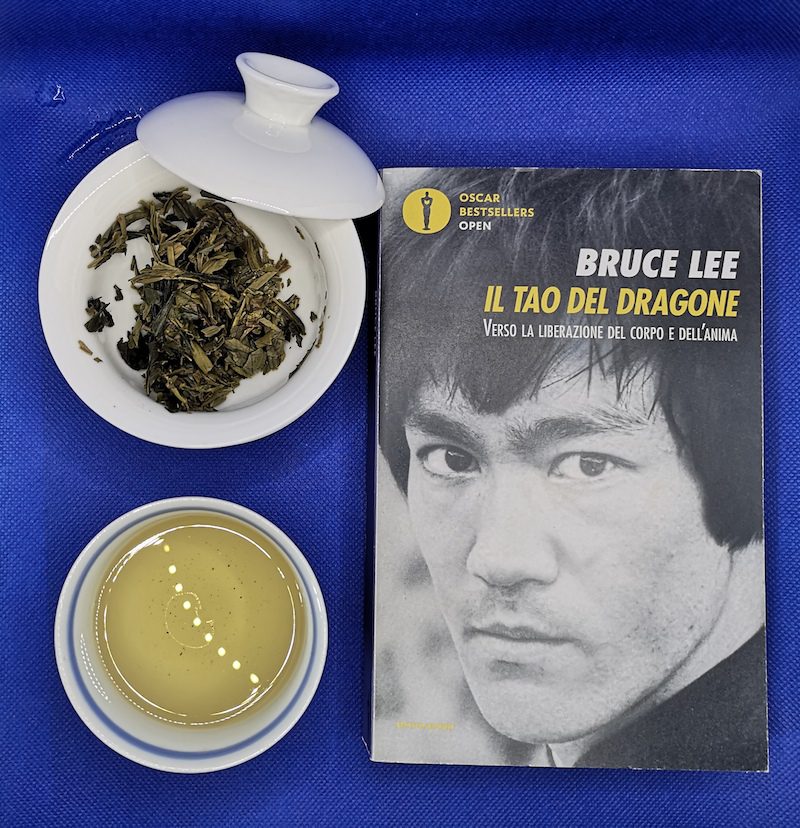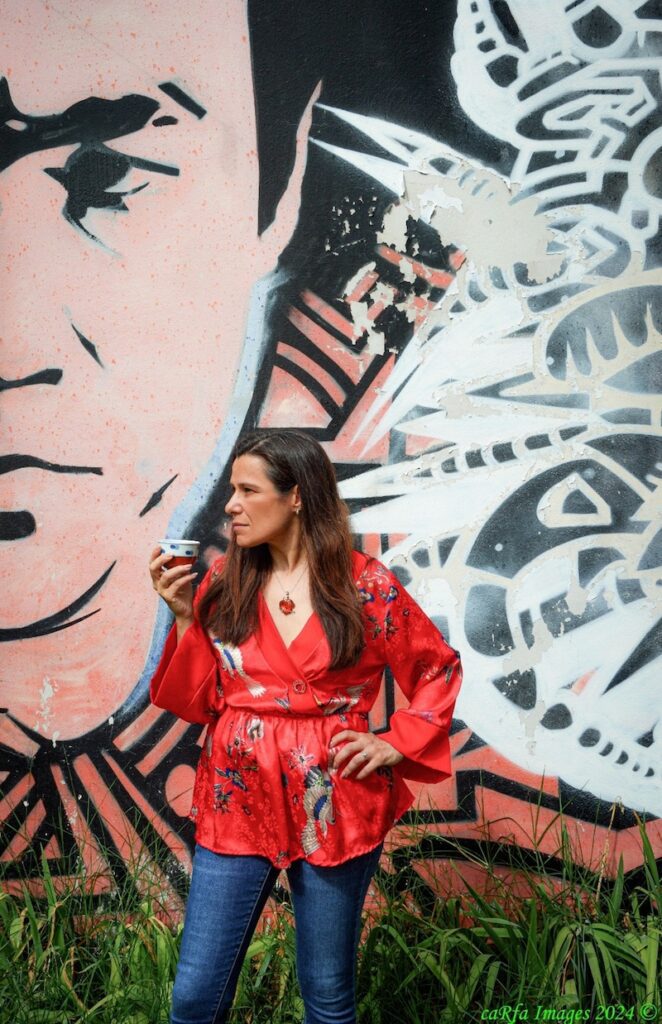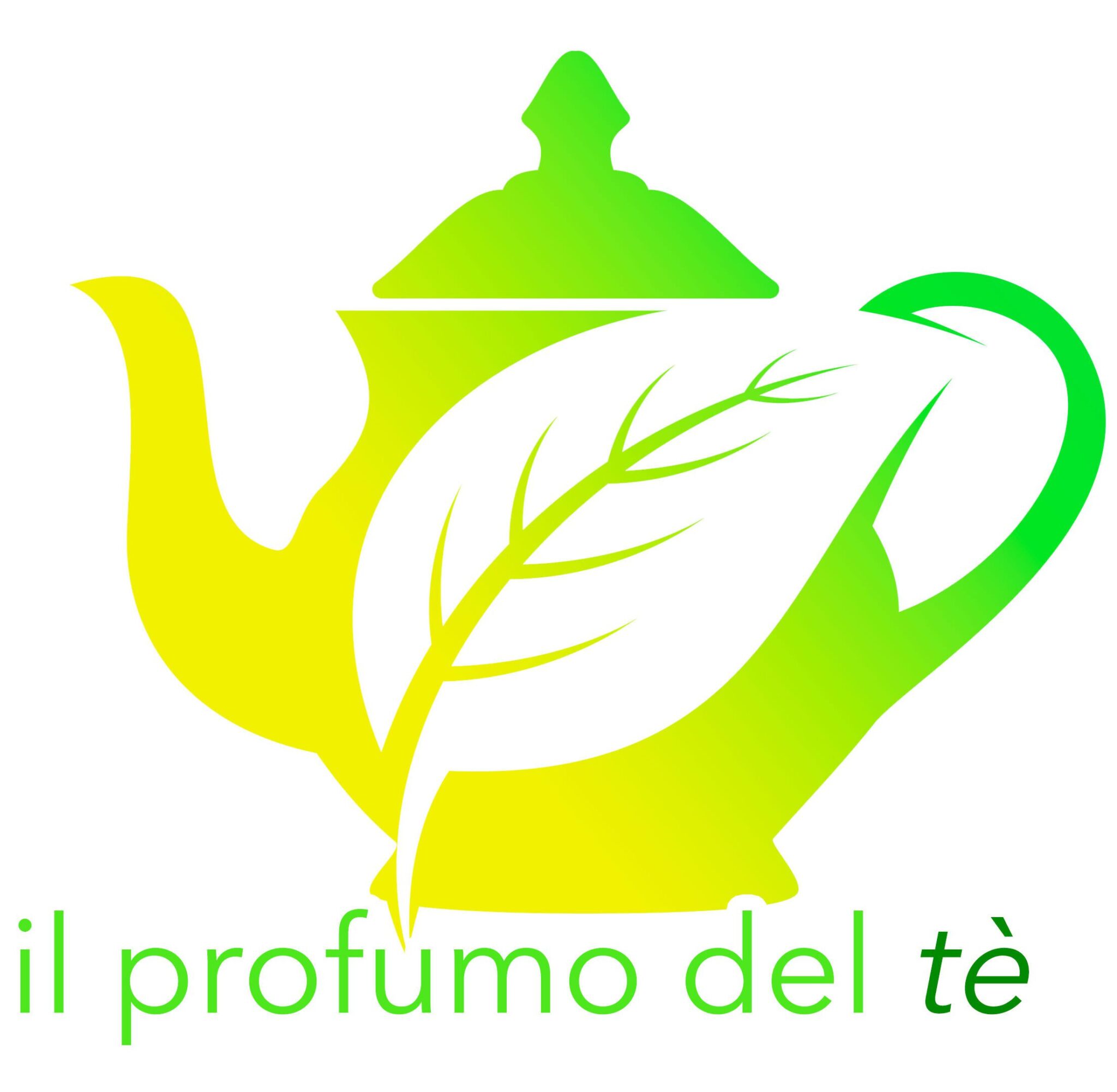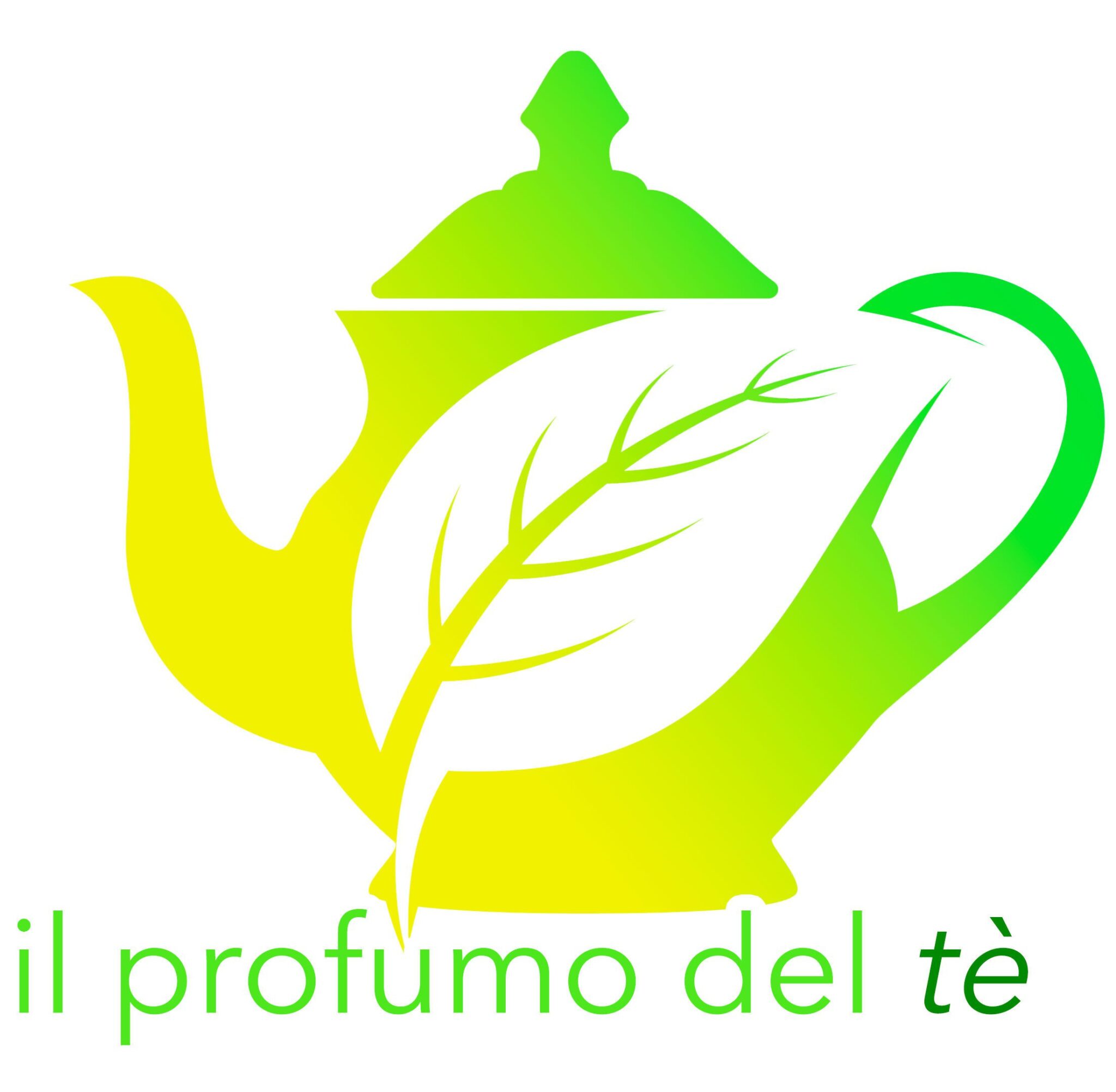Nel 2019 lessi per la prima volta “Il Tao del Dragone” con i manoscritti personali di Bruce Lee edito da Oscar Mondadori. Quest’anno l’ho riletto con occhi ancora diversi e probabilmente più maturi. Bruce Lee fece parte della mia infanzia in quanto i suoi film venivano spesso guardati dalla mia famiglia.
A primo impatto possiamo sicuramente notare che l’attore fu sicuramente uno dei maggiori maestri di arti marziali dei suoi tempi dando inizio a un genere nuovo di fare cinema che poi venne ripreso anche in seguito. Iniziò la sua carriera sin da bambino in film minori in lingua cinese prima di diventare famoso.
Ma forse non molti sanno che aldilà del personaggio cinematografico, Bruce Lee studiò filosofia e psicologia all’Università di Washington e fece delle arti marziali uno strumento di crescita personale.
Si ispirò a Carl Gustav Jung, Carl Rogers e Friederick S. Pearls fondatore della Gestalt.
Durante il suo percorso definì l’individuazione del Sé come il divenire di “un artista della vita” ovvero saper comunicare onestamente dalla propria anima con gli altri e realizzare pienamente se stesso da un punto di vista fisico, mentale e spirituale, che in psicologia da origine all’intero, ovvero al Sé spogliato di tutti gli strati dell’Ombra, perché la vera forza risiede nell’umiltà.
“La luce non può esistere senza l’oscurità” (Bruce Lee)

Il testo “Il Tao del Dragone” con i manoscritti personali di Bruce Lee edito da Oscar Mondadori – Photo@Veru
Essendo di origini cinesi, Lee annotò nei suoi appunti la teoria della complementarietà dello Yin (nero – femminile) e dello Yang (bianco – maschile) che sta alla base della filosofia taoista. Due energie apparentemente opposte e in conflitto, ma in realtà complementari generano il Tao, ovvero l’Uno perfettamente in grado di far fronte ai cambiamenti della vita con consapevolezza e come essere umano.
Gli opposti sono in realtà complementari, coesistono e collaborano tra loro.
Attraverso la pratica delle arti marziali è possibile armonizzare in noi stessi l’emozioni negative e ritrovare la pace e la calma interiore tornando al nostro centro.
La meditazione ci da la capacità di osservare i nostri pensieri ma mantenendo il semplice distacco consapevole senza che essi ci influenzino negativamente. In questo modo non permettiamo a quelle emozioni di diventare distruttive per noi stessi e gli altri, semplicemente le osserviamo.
“Cosa provo, cosa penso, cosa sento in questo momento?”
Impariamo così ad accettare ciò che c’è nel “qui e ora” restando presenti e concentrati. Semplicemente osserviamo e comprendiamo che le cose sono semplicemente ciò che sono, impariamo a vederle sul piano della realtà senza filtri o nostre proiezioni personali.
Quando non abbiamo fiducia in noi stessi e negli altri si crea un Sé immaginario che in realtà genera rifiuto. Quando invece siamo pienamente noi stessi e comunichiamo con dolce-fermezza dal nostro Sé interiore amiamo noi stessi, siamo indipendenti e calmi, perché non abbiamo bisogno della considerazione altrui, non abbiamo bisogno di metterci in mostra, ma veniamo amati per quello che siamo realmente.
Se impariamo a fluire spontaneamente nel “qui e ora” non ci saranno situazioni stagnanti che turberanno la nostra psiche, perché semplicemente impareremo a vivere la vita, senza analizzare costantemente possibili problematiche da risolvere. Vivendo la vita impariamo a crescere, a trovare le nostre motivazioni e a praticare le nostre attività quotidiane che ci fanno stare bene.
Prendetevi il tempo di fare tutto con calma e imparate l’arte del distacco consapevole pur provando emozioni e sentimenti e accoglieteli per quello che sono. In un contesto di piena osservazione come la meditazione, possiamo individuare modelli ereditati che in realtà non ci appartengono e bloccano il nostro vero Sé. Possiamo uscire da quell’isolamento protettivo che si chiama orgoglio e dal rimuginio mentale semplicemente imparando a sintonizzarci con noi stessi e l’ambiente che ci circonda, solo così possiamo essere calmi e pienamente consapevoli di chi siamo e di cosa vogliamo.
Oltre essere attore, filosofo e maestro di arti marziali, Bruce Lee fu poeta. Il suo amore per la scrittura lo portò a utilizzare la poesia come modalità creativa per esternare i propri sentimenti e le proprie emozioni.
Bruce Lee era di origini cinesi e come sappiamo il tè in Cina fa parte della cultura e della filosofia taoista.
Egli disse che “l’utilità di una tazza di tè risiede proprio nel suo essere vuota” ovvero pronta ad accogliere e non a trattenere. Se impariamo ad accogliere le cose e le persone per quello che sono senza pregiudizi, impariamo il vero ascolto perché non ripetiamo schemi ne utilizziamo difese o strategie di alcun tipo, semplicemente accogliamo senza idee preconcette e ristrette che opprimono la nostra creatività e la nostra capacità di esprimerci, di evolvere ed essere pienamente noi stessi. Inoltre l’incontro con l’altro diventa uno specchio che ci permette l’auto-conoscenza, la consapevolezza e la capacità di comunicare i nostri sentimenti con una mente positiva.
Bruce Lee beveva spesso tè con il suo maestro Yip Man.
Esiste una tipologia di tè molto famosa in Cina che porta il nome della dea cinese della compassione Tie Guan Yin. Come dice Lee viene raffigurata con 1000 braccia, ognuna con in mano uno strumento diverso, quelle sono le nostre potenzialità e le caratteristiche della nostra personalità, che possiamo utilizzare in qualsiasi momento ma pur rimanendo umili, umani e compassionevoli.
Ci costruiamo uno schema quando vogliamo restare al sicuro ma questo ci impedisce di gioire veramente della vita, perché gli schemi spengono la vitalità e la spontaneità e quindi ciò che siamo veramente, mentre bisogna avere il coraggio di essere ciò che si è con una sana autostima.
Il Tao rappresenta il nostro essere in equilibrio quindi in uno stato di tranquillità assoluta. L’azione è ciò che ci serve per recuperare il nostro equilibrio e tornare in armonia quando ne sentiamo il bisogno, perché possiamo risolvere problemi solo se siamo centrati. Ad esempio quando cominciamo a rimuginare su pensieri negativi possiamo concentrarci sulle cose che ci piacciono, perché dentro di noi abbiamo tutto quello che ci occorre, basta mantenere quel pensiero positivo che ci permette di affrontare le avversità.

Photo@Carfa www.fabriziocarollo.it
Dragon’s Tea

In 2019 I read “The Tao of the Dragon” for the first time with Bruce Lee’s personal manuscripts published by Oscar Mondadori. This year I reread it with even different and probably more mature eyes. Bruce Lee was part of my childhood as his films were often watched by my family.
At first glance we can certainly see that the actor was certainly one of the greatest martial arts masters of his time, starting a new genre of filmmaking which was then taken up again later. He began his career as a child in minor Chinese-language films before becoming famous.
But perhaps not many people know that beyond his cinematic character, Bruce Lee studied philosophy and psychology at the University of Washington and made martial arts a tool for personal growth.
He was inspired by Carl Gustav Jung, Carl Rogers and Friederick S. Pearls, founder of Gestalt.
During his journey he defined the identification of the Self as becoming “an artist of life” or knowing how to communicate honestly from one’s soul with others and fully realize oneself from a physical, mental and spiritual point of view, which in psychology gives originates from the whole, that is, from the Self stripped of all the layers of the Shadow, because true strength lies in humility.
“Light cannot exist without darkness” (Bruce Lee)
Being of Chinese origins, Lee noted in his notes the theory of the complementarity of Yin (black – feminine) and Yang (white – masculine) which is the basis of Taoist philosophy. Two apparently opposite and conflicting energies, but in reality complementary, generate the Tao, that is, the One perfectly capable of coping with life’s changes with awareness and as a human being.
Opposites are actually complementary, they coexist and collaborate with each other.
Through the practice of martial arts it is possible to harmonize negative emotions within ourselves and find inner peace and calm by returning to our center.
Meditation gives us the ability to observe our thoughts but maintaining simple conscious detachment without them negatively influencing us. This way we don’t allow those emotions to become destructive to ourselves and others, we simply observe them.
“What do I feel, what do I think, what do I feel right now?”
We thus learn to accept what is in the “here and now” while remaining present and focused. We simply observe and understand that things simply are what they are, we learn to see them on the level of reality without filters or our personal projections.
When we don’t trust ourselves and others, an imaginary self is created that actually generates rejection. However, when we are fully ourselves and communicate with gentle firmness from our inner Self, we love ourselves, we are independent and calm, because we do not need the consideration of others, we do not need to show off, but we are loved for who we really are.
If we learn to flow spontaneously in the “here and now” there will be no stagnant situations that will disturb our psyche, because we will simply learn to live life, without constantly analyzing possible problems to solve. By living life we learn to grow, find our motivation and practice our daily activities that make us feel good.
Take the time to do everything calmly and learn the art of conscious detachment while experiencing emotions and feelings and embrace them for what they are. In a context of full observation such as meditation, we can identify inherited patterns that do not actually belong to us and block our true Self. We can get out of that protective isolation called pride and mental brooding simply by learning to tune in to ourselves and the environment around us, only in this way can we be calm and fully aware of who we are and what we want.
In addition to being an actor, philosopher and martial arts master, Bruce Lee was a poet. His love for writing led him to use poetry as a creative way to express his feelings and emotions.
Bruce Lee was of Chinese origins and as we know tea in China is part of the Taoist culture and philosophy.
He said that “the usefulness of a cup of tea lies precisely in its being empty” or ready to welcome and not to hold back. If we learn to welcome things and people for what they are without prejudice, we learn true listening because we do not repeat patterns nor use defenses or strategies of any kind, we simply welcome without preconceived and narrow ideas that oppress our creativity and our ability to express ourselves, evolve and be fully ourselves. Furthermore, the encounter with the other becomes a mirror that allows us self-knowledge, awareness and the ability to communicate our feelings with a positive mind.
Bruce Lee often drank tea with his master Yip Man.
There is a very famous type of tea in China that bears the name of the Chinese goddess of compassion Tie Guan Yin. As Lee says, she is depicted with 1000 arms, each holding a different tool, those are our potential and the characteristics of our personality, which we can use at any time but while remaining humble, human and compassionate.
We build a pattern when we want to stay safe but this prevents us from truly enjoying life, because patterns turn off vitality and spontaneity and therefore what we really are, while we need to have the courage to be who we are with healthy self-esteem .
The Tao represents our being in balance and therefore in a state of absolute tranquility. Action is what we need to recover our balance and return to harmony when we feel the need, because we can only solve problems if we are centered. For example, when we start to ruminate on negative thoughts we can focus on the things we like, because we have everything we need inside us, we just need to maintain that positive thought that allows us to face adversity.


No responses yet